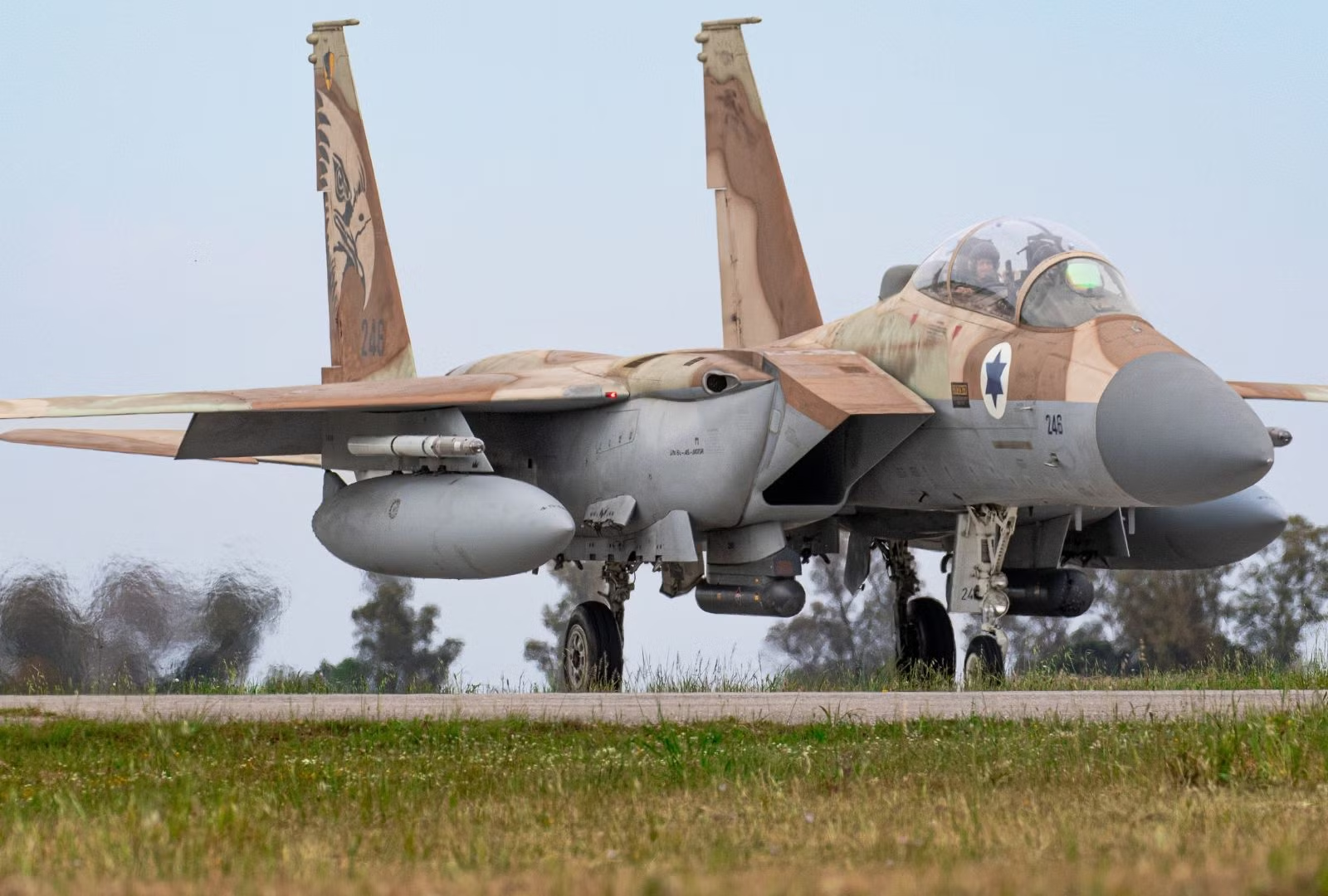Iran regaining oil market

Mehr News – Iran, on average, shipped 2.15 million barrels of crude oil and about 500,000 barrels of gas condensate in the first eight months of 2017. Its record export of 2.3 million barrels per day was registered in February. The Islamic Republic has painstakingly been ramping up oil production to regain its market share which the country lost under most intensified sanctions in 2011.
 According to the Oil Ministry, 60 percent of Iran’s oil exports go to Asia and the remaining 40 percent to European countries which resumed purchases from the Islamic Republic about two years ago. Iran is now exporting an average of 2.6 million barrels of crude oil on a daily basis.
According to the Oil Ministry, 60 percent of Iran’s oil exports go to Asia and the remaining 40 percent to European countries which resumed purchases from the Islamic Republic about two years ago. Iran is now exporting an average of 2.6 million barrels of crude oil on a daily basis.
Iran, on average, shipped 2.15 million barrels of crude oil and about 500,000 barrels of gas condensate in the first eight months of 2017. Its record export of 2.3 million barrels per day was registered in February.
European Buyers
After sanctions were enforced, many European buyers of Iran’s oil were forced to get their oil from other sources than Iran. Due to the sanctions, Iran’s oil exports fell below 2 mb/d in March 2012. Greece totally cut its oil imports from Iran in April 2012. Spain slashed its purchase from Iran by 31% through December 2011 to January 2012 and instead raised its oil imports from Iraq and Nigeria.
Turkey, which used to buy one-third of its oil needs from Iran, cut its imports by 20%. Iran’s oil supply to France and Italy was also halted completely, Iran Petroleum wrote.
European buyers have resumed purchasing crude oil cargoes from Iran since 2014. Exports to Europe account for 40% of Iran’s oil exports for the time being.
Europe consumes 15 million barrels of crude oil on a daily basis of which 11 mbd is imported with half of the amount being delivered through pipelines and the rest received by shipments.
According to Shana, Anglo-Dutch Royal Dutch Shell, France’s Total, Italy’s Eni, Italy’s Saras, Greece’s Hellenic Petroleum, Poland’s MOL, etc. are among Iran’s biggest European consumers of oil. In August 2017, Iran exported an average of 720,000 b/d of oil to the green continent.
Regain Share
After these sanctions were imposed, Asian buyers were still continuing their cooperation with Iran, but Japan and South Korea cut their purchase and had to get their oil from other producers. Iran’s share of oil market declined and Saudi Arabia grabbed Iran’s share.
But the signature of Iran’s nuclear agreement with world powers, dubbed the Joint Comprehensive Plan of Action (JCPOA), reversed this trend. Iran decided to get its share of oil market back and it focused on oil production hike. The International Energy Agency (IEA) announced in 2016 that Iran’s oil production had reached the pre-sanctions levels of 3.56 mb/d, the figure Iran had last recorded in November 2011.
Long time Asian buyers once more decided to increase their oil purchase from Iran. China was still a big buyer of Iran’s oil. European buyers once more turned back quietly to their traditional supplier. These European countries used to purchase 600,000 b/d of oil from Iran pre-sanctions.
According to a report released by UK-based global shipping consultancy VesselsValue, seaborne demand for Iranian crude has more than doubled after the lifting of the sanctions.
In the past five years, the greatest demand for Iranian crude came from China, Japan and South Korea, respectively, it said.
“New players in the mix following the removal of sanctions include France with 21 shipments in 2016, while Italy took 15 shipments, Greece fourteen and Spain thirteen shipments,” added VesselsValue.
Asian Importers
China is the largest Iranian oil customer which did not stop purchases during the years of sanctions starting in 2012, and increased imports after they were lifted in early 2016.
On average, the Chinese have shipped in more than 600,000 bpd of crude oil from Iran since mid-March this year. The biggest shipment came in August when China bought more than 700,000 bpd from the Middle Eastern country, PressTV wrote. Beijing is estimated to raise its oil imports by another 2 mbpd and Tehran is well-placed to further boost oil sales to the world’s second biggest economy.
India — the second biggest client of Iranian oil — is buying an average of 450,000 bpd since the beginning of 2017 to the end of August. Indian oil imports from Iran hit a record in July, when the country’s refineries purchased 500,000 barrels a day. Another major buyer of Iran’s oil is South Korea which did not halt shipments during the sanctions despite announcing to do so.
Seoul is the biggest customer of Iran’s condensate with 300,000 bpd. South Korea has also taken 100,000 bpd of Iranian crude oil on average since the start of the year.



